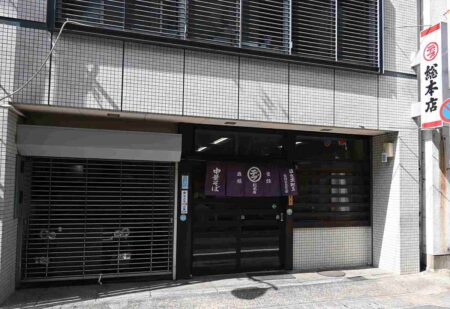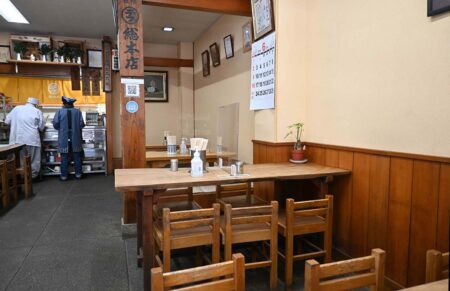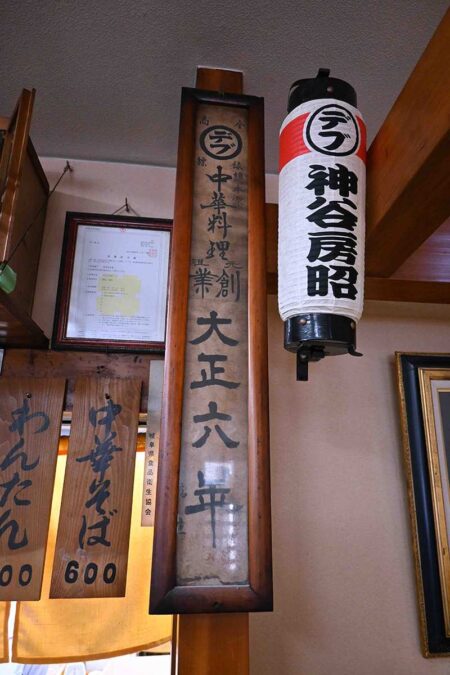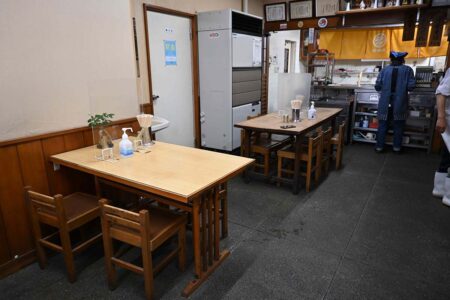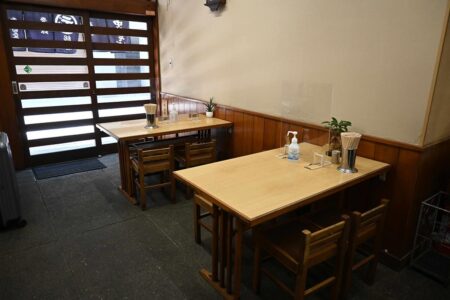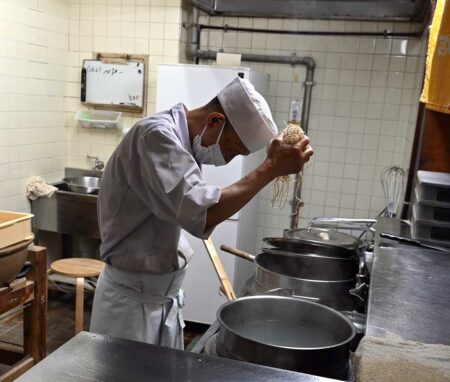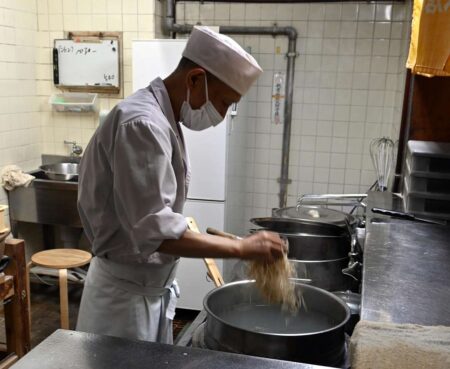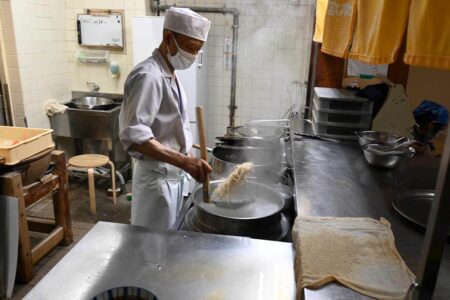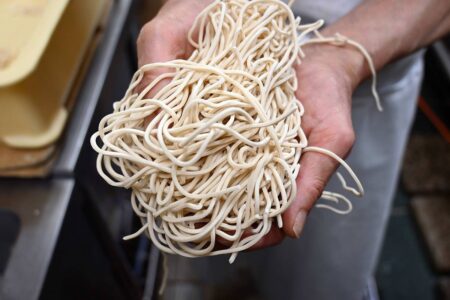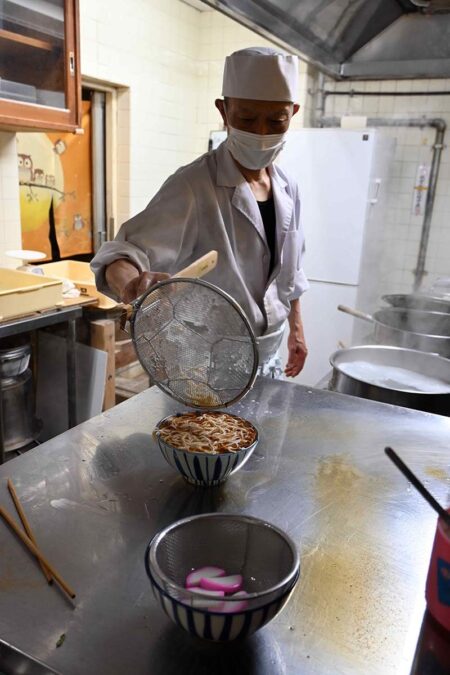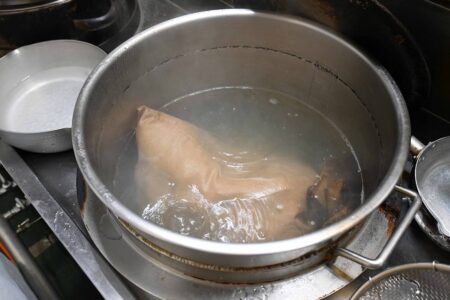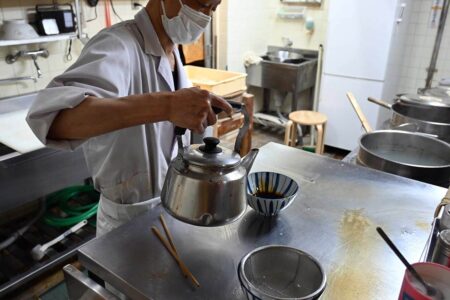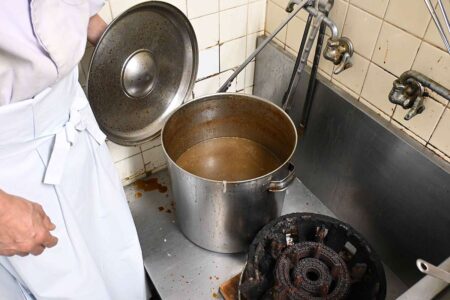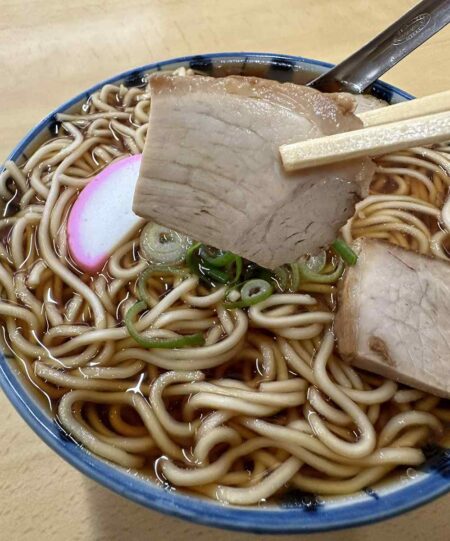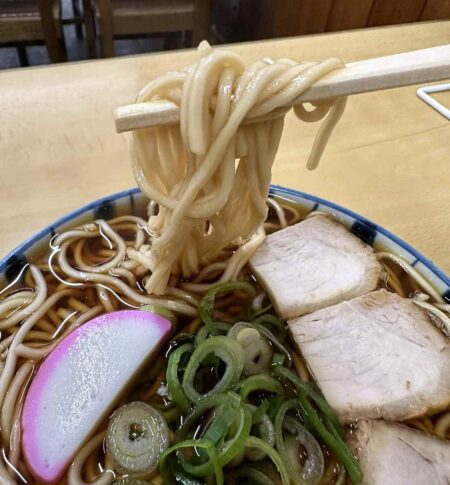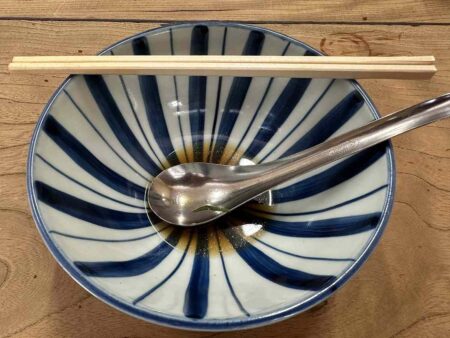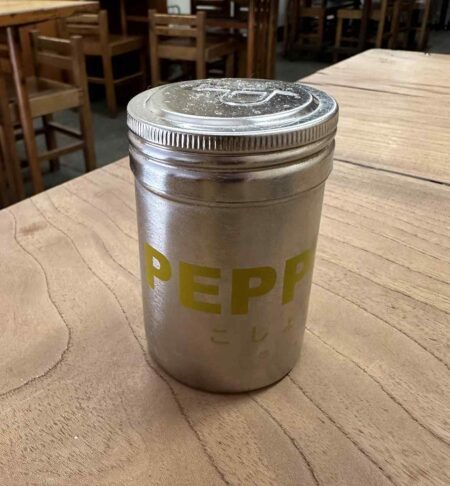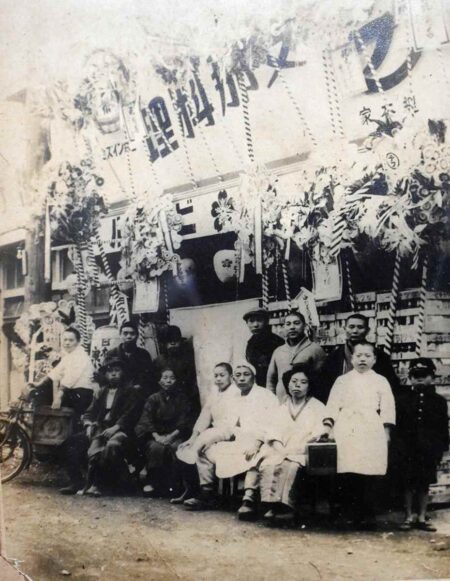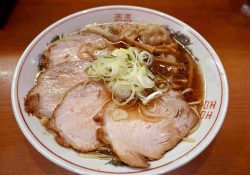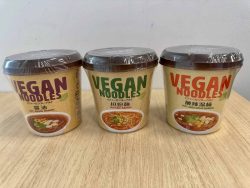Marudebu Sohonten / Traditional Taste from 107-Year-Old Shop in Gifu City; One and Only Soy-Sauce Based Bowl Only ¥600
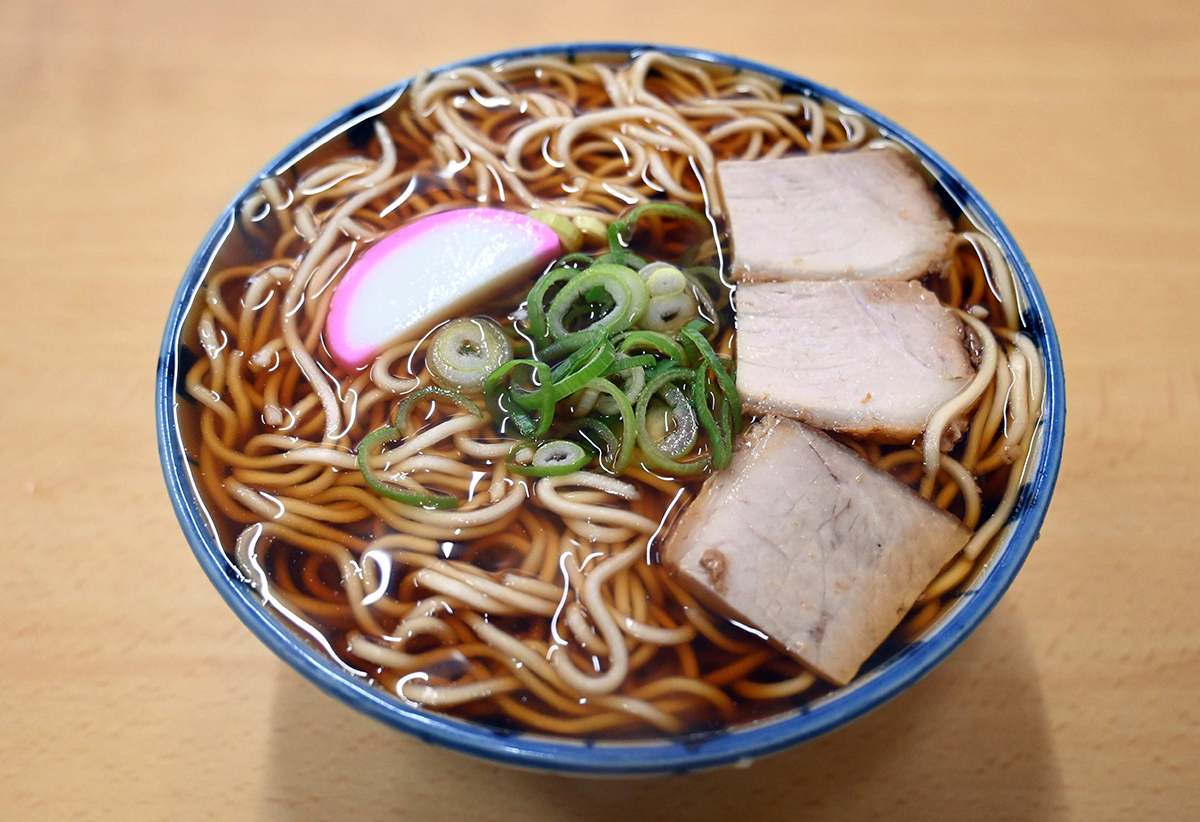
Soy sauce-based chuka soba (¥600), with a traditional flavor passed down throughout the shop’s 107-year history.
10:00 JST, June 13, 2024
A ramen shop in downtown Gifu City has truly stood the test of time. Located in the central Japanese city’s Yanagase area, which found nationwide fame with singer Kenichi Mikawa’s song “Yanagase Blues,” the shop has been serving ramen for 107 years.
The shop’s name is Marudebu Sohonten. The rather unusual name uses the Japanese word for plump — “debu” — which was borrowed from its founder’s nickname. And even though its name contains the word “Sohonten,” which is often used to distinguish the main shop in a chain, the shop has no branches or franchises; it is the only shop. The only dishes on the menu are chuka soba and wonton, both of which are ¥600 per bowl, a reasonable price by today’s standards days. I decided to drop by this famous shop, which every Gifu citizen knows well.
-
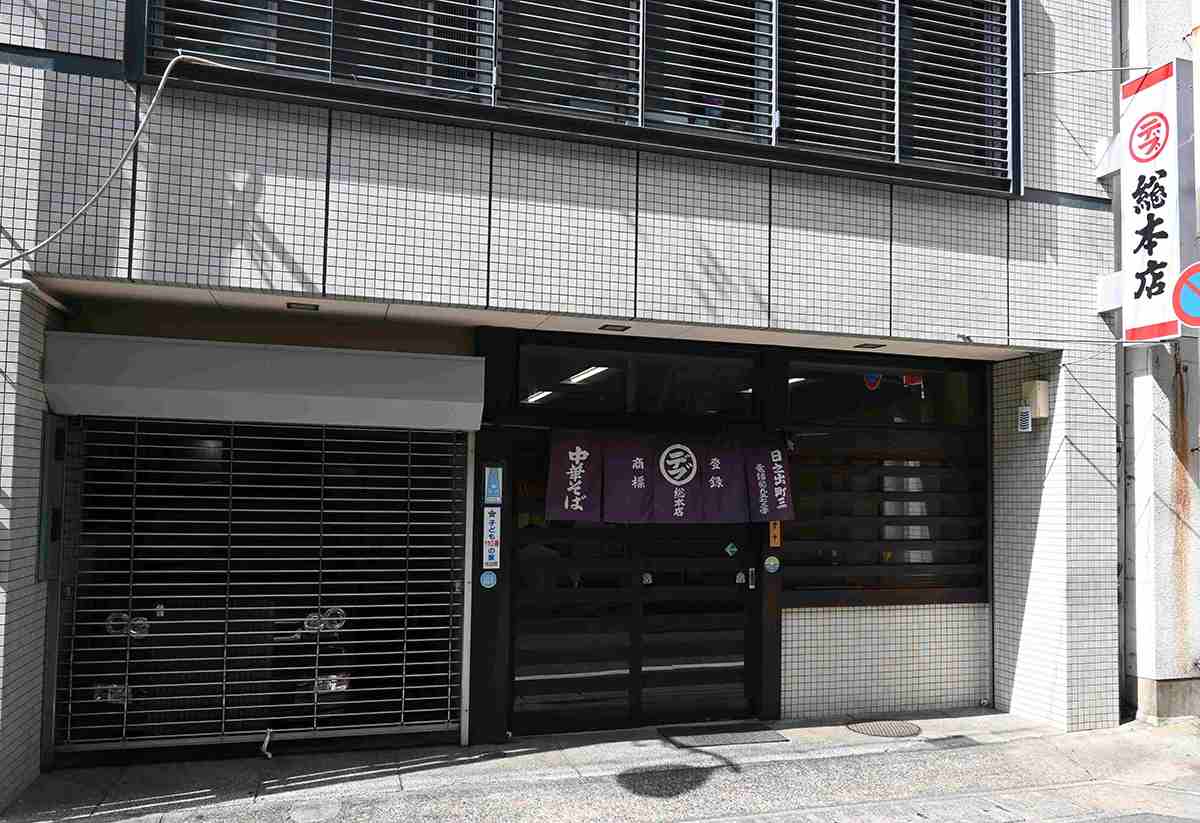
An exterior view of Marudebu Sohonten -
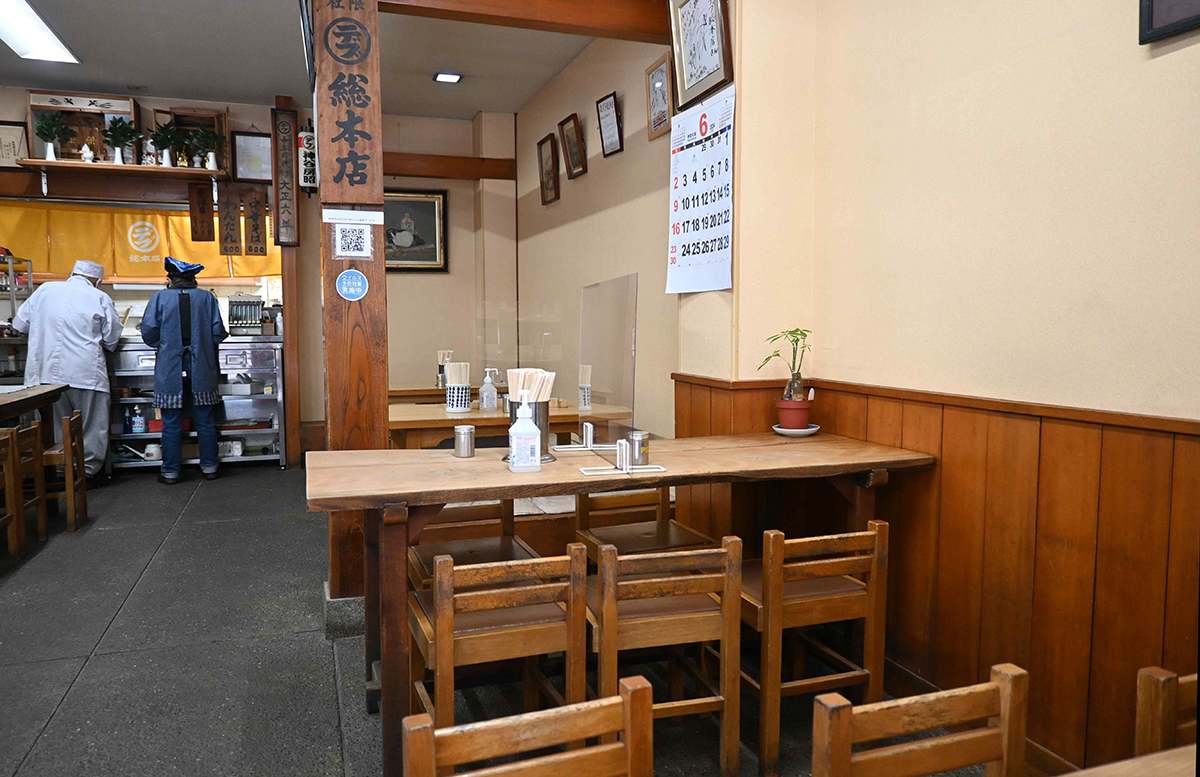
The shop only has table seating. Tables are shared when the shop is crowded. -
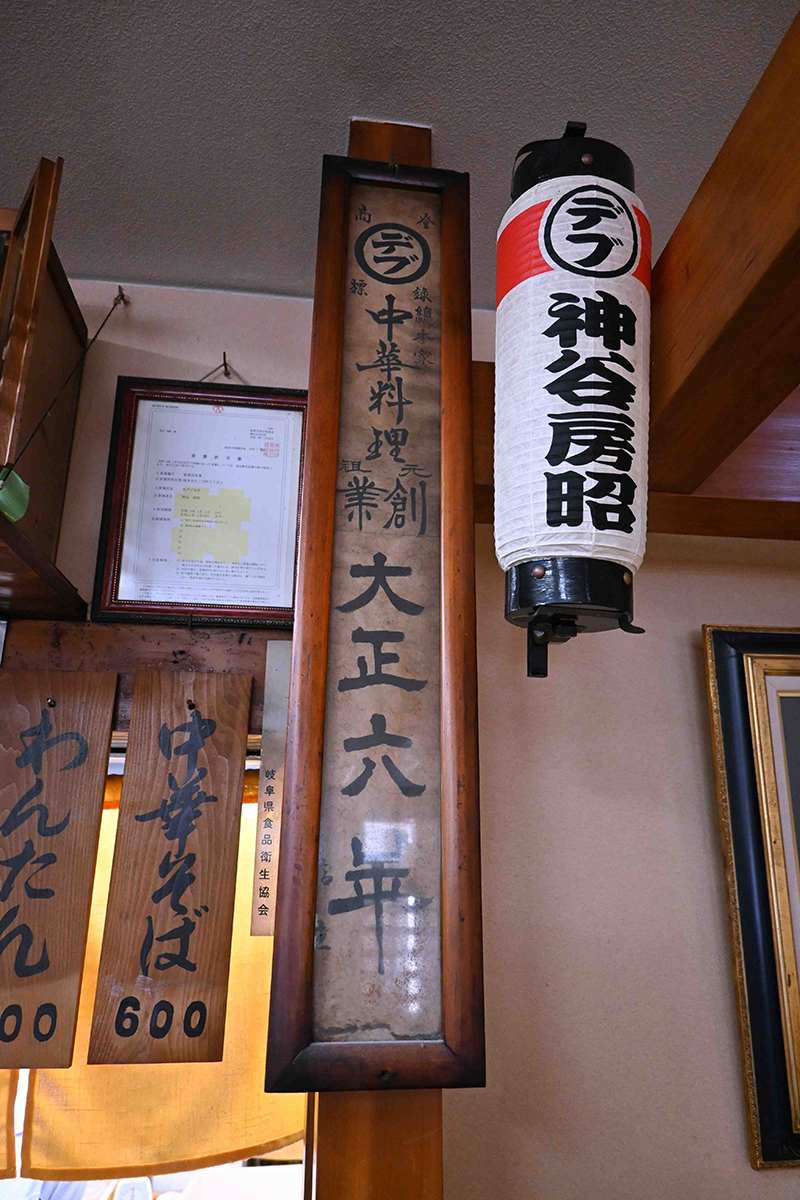
A wooden board in the shop that reads “Established in 1917” -
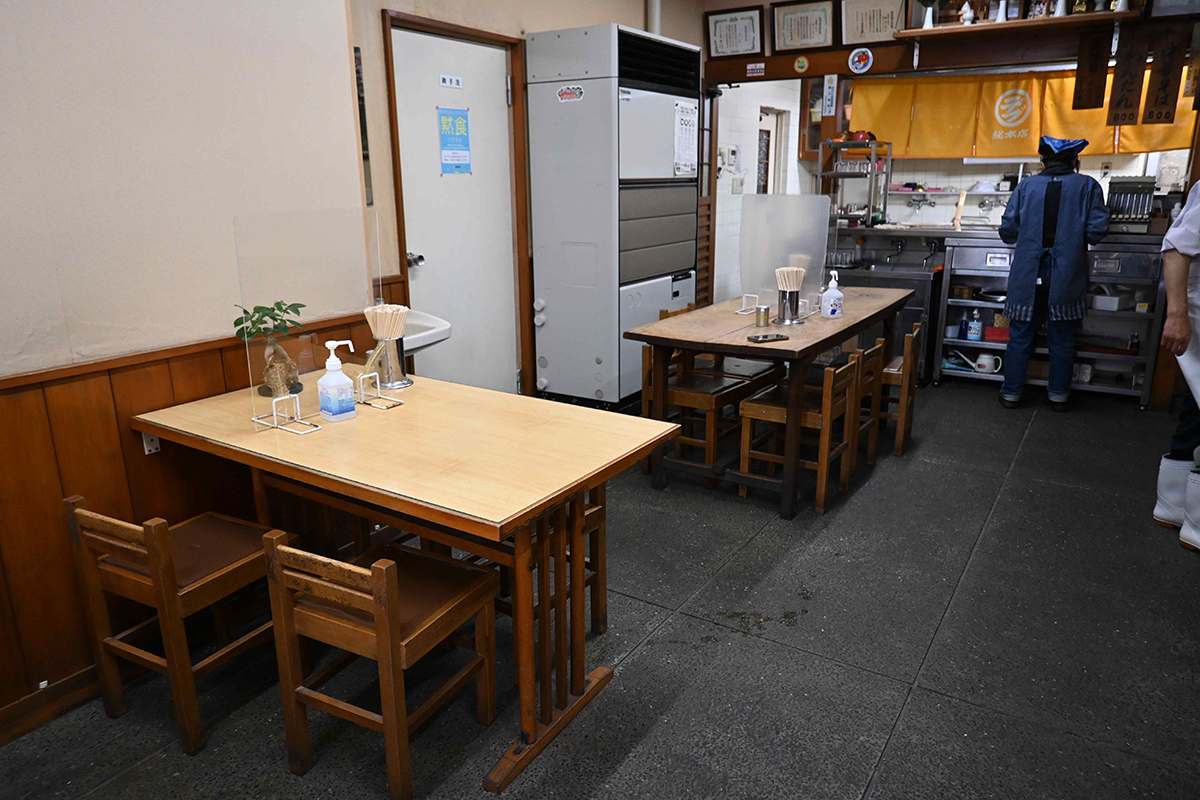
An interior view of Marudebu Sohonten -

An interior view of Marudebu Sohonten
I took a 15-minute walk north from the north exit of JR Gifu Station along an avenue called Kinkabashi-dori. The shop is located on the first floor of a building just slightly west of the avenue. Even though it was already 3:00 p.m., around three groups were dining there. During my hour-and-a-half coverage, customers never stopped coming in; one after another they came, regulars and tourists alike. When the customers left, cheerful voices echoed, “Ookini! (Thank you very much).”
In the lull between the busiest hours, Fusaaki Kamiya, 69, the third-generation owner of the eatery, greeted me in his white chef’s coat and cap. In the kitchen at the back of the shop, his son Tomonori, 37, the fourth generation of the family, was working tirelessly.
“I think our ramen is more chuka soba than ramen,” Fusaaki said. Chuka soba is an older name for ramen, and he seemed to make a point of calling it that. There was no ticket machine in the shop, so I ordered a bowl of chuka soba.
-
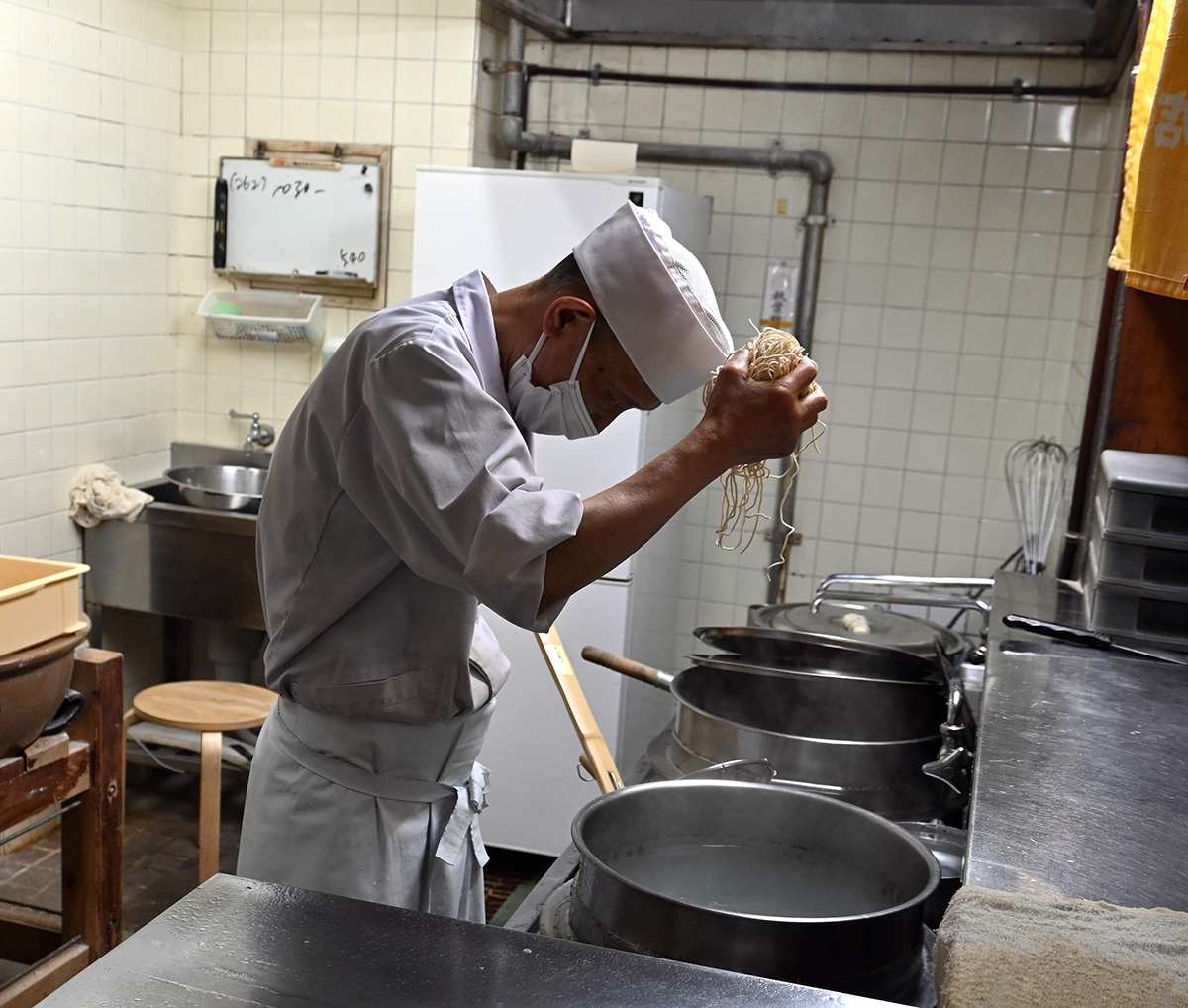
Fusaaki puts noodles in boiling water and wishes them success. -
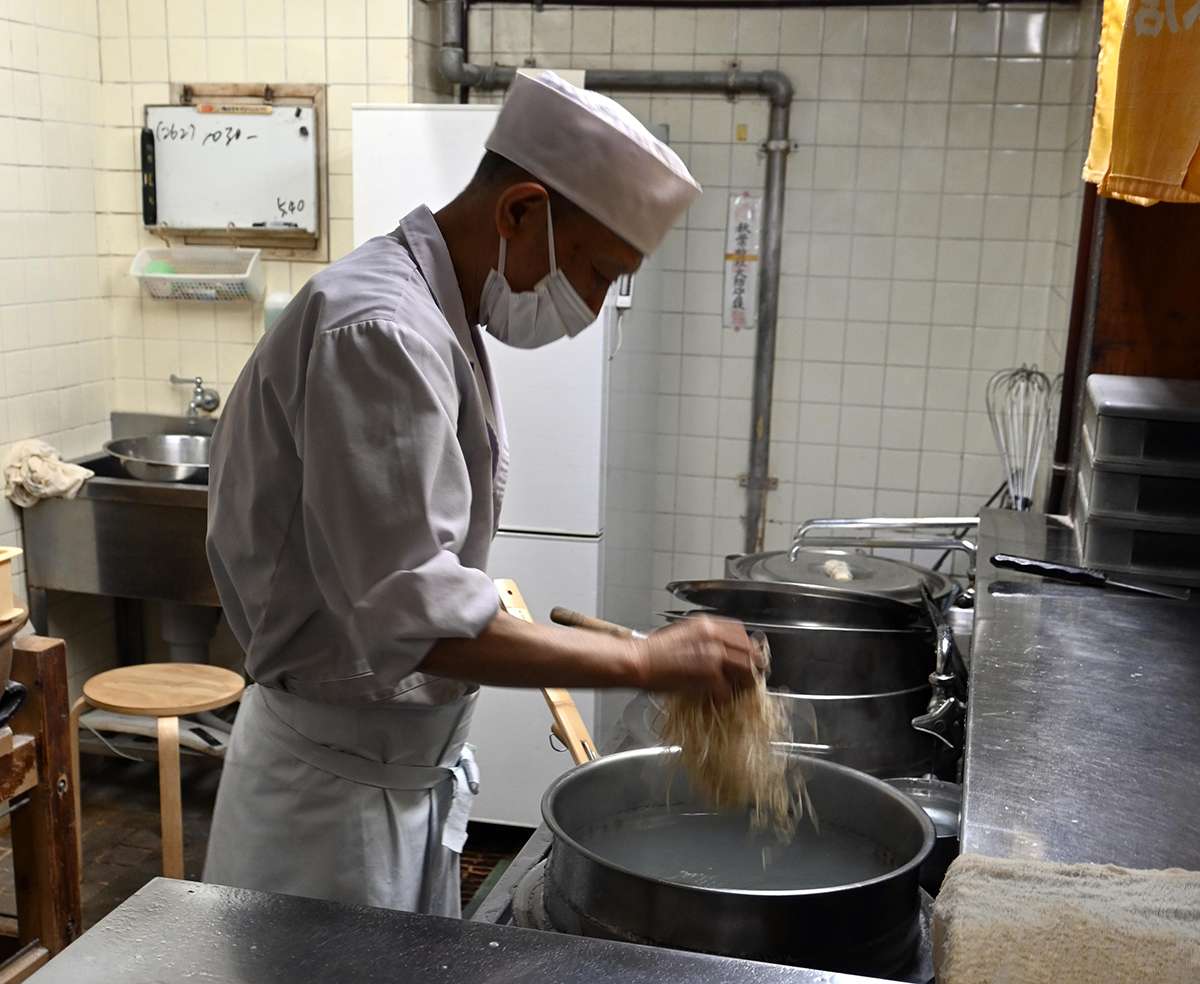
Putting noodles in boiling water -
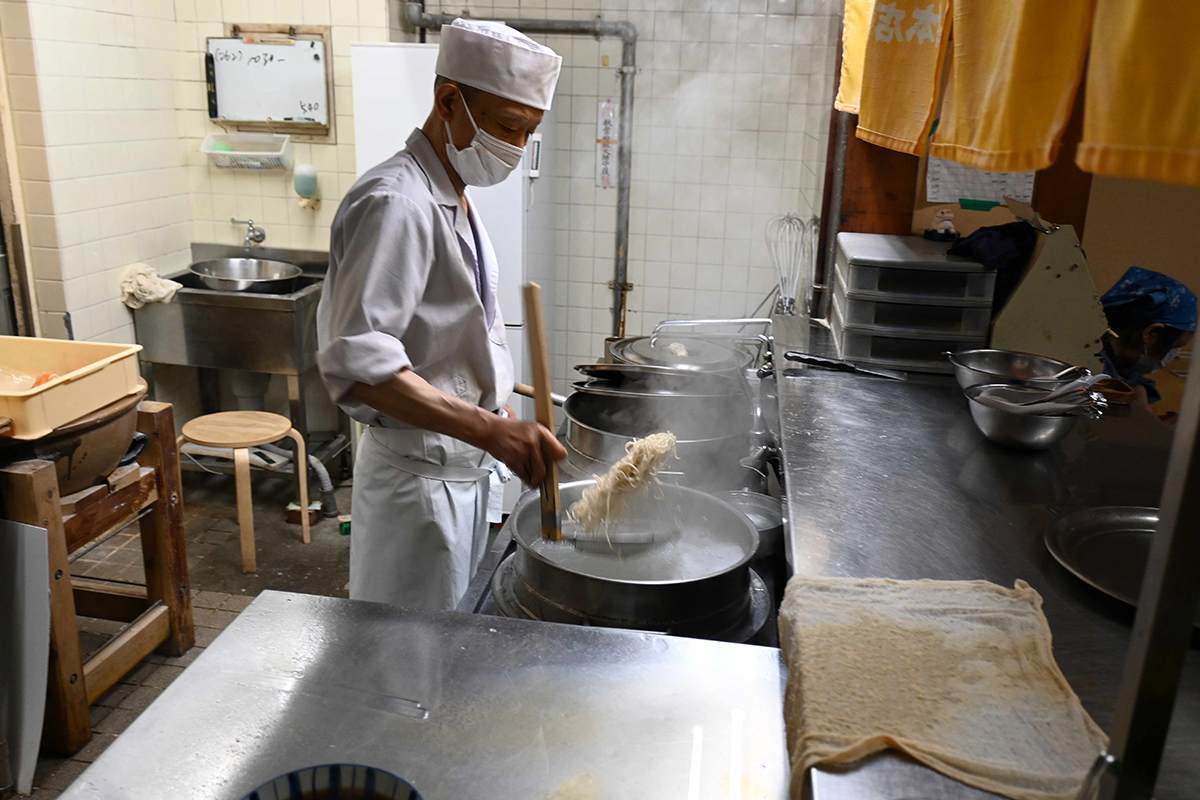
The store does not use the typical colander often found in ramen shops to boil noodles. The noodles are put directly into a large pot of simmering water. -
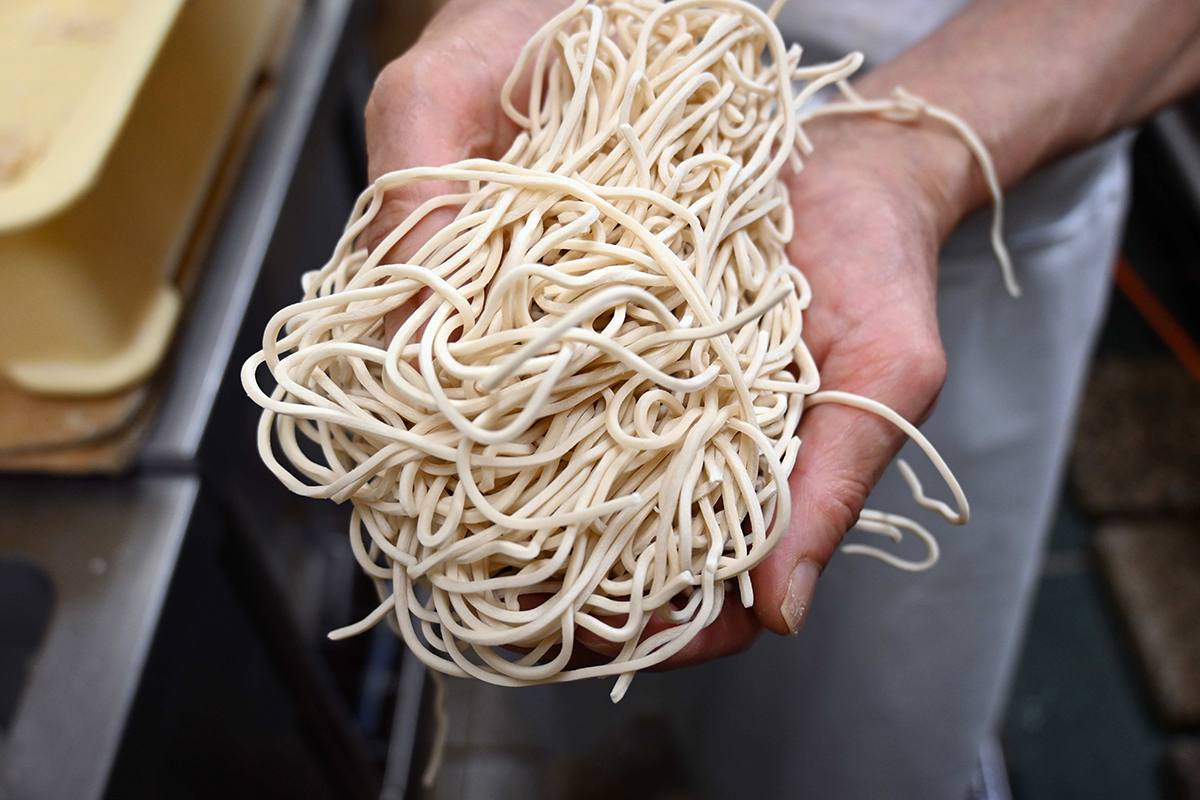
Homemade, medium-thin noodles have been made for years using the same process. -

The strainer for lifting the noodles is flat and large.
After a short wait, I was surprised by the bowl that was placed in front of me. It was filled to the brim with soup and noodles, almost to the point of spilling. The soup and noodles were carried on a tray because they would have spilled if carried by hand. I started with the soup. It had a light, clear soy sauce-based flavor with just the right amount of umami. There was no trace of bitterness.
-
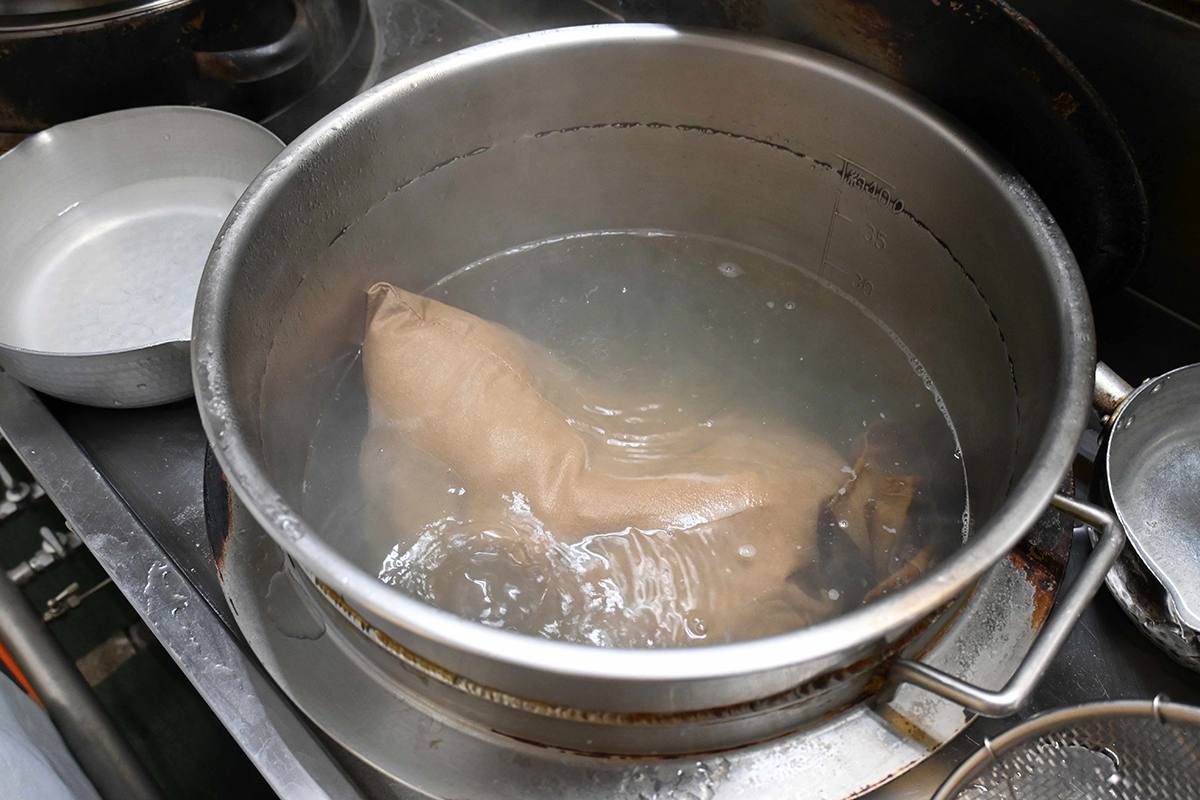
Chicken broth is made in a large pot. Chicken bones are put in a bag to give the broth a distinct taste. -

Kaeshi sauce is poured from a kettle into a bowl to be combined with chicken broth. -
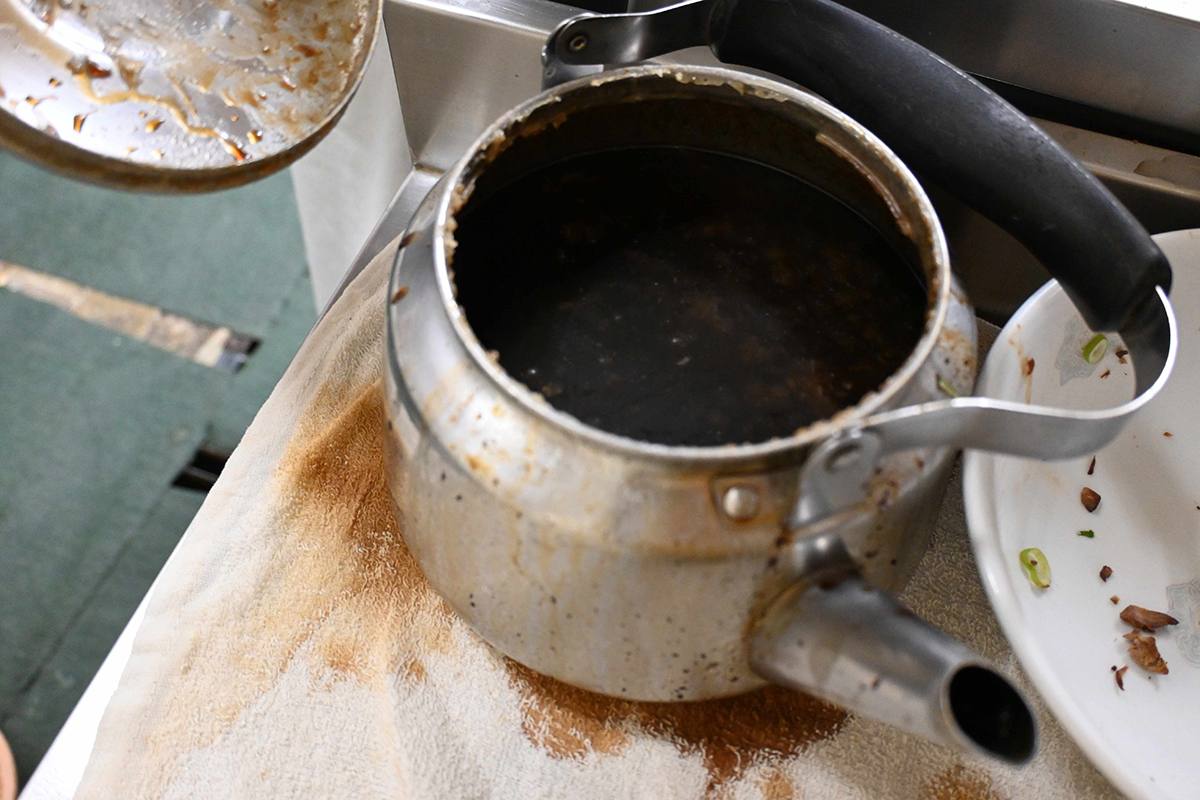
The sauce after cooking the pork chashu with tamari soy sauce is used as kaeshi sauce. -
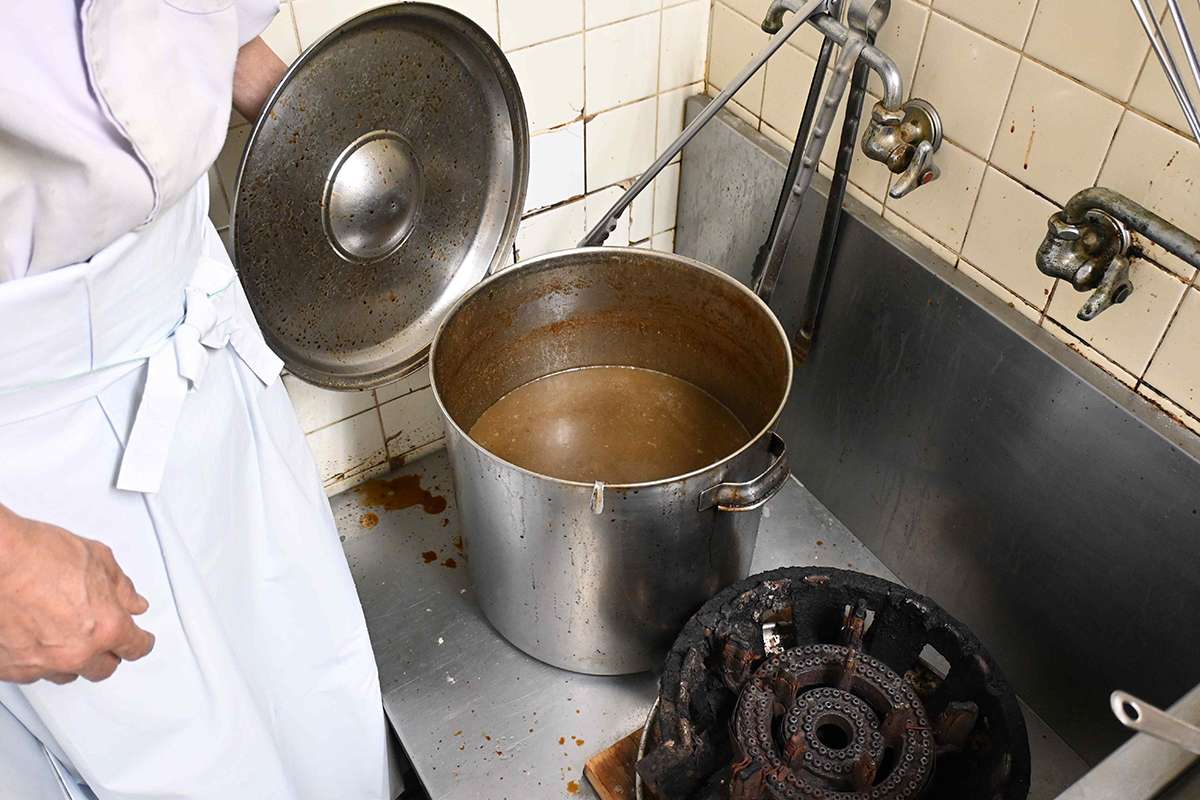
Chashu is cooked in a large round pot
“It’s chicken broth. I combine it with the tamari soy sauce that I cooked the chashu pork in,” Fusaaki explained. “Using tamari soy sauce is part of the culture in this area. I try not to add anything extra to the soup.” It had a flavor that you could taste every day and never get tired of.
The whitish medium-thin noodles were homemade. Fusaaki said: “We prepare the noodles in the morning before opening. We use flour from a local flour mill company, and the process has always been the same. Depending on the weather, the flour absorbs moisture from the air or expels it when it’s dry, so we make a few little tweaks for that.”
-

Pork thigh chashu -
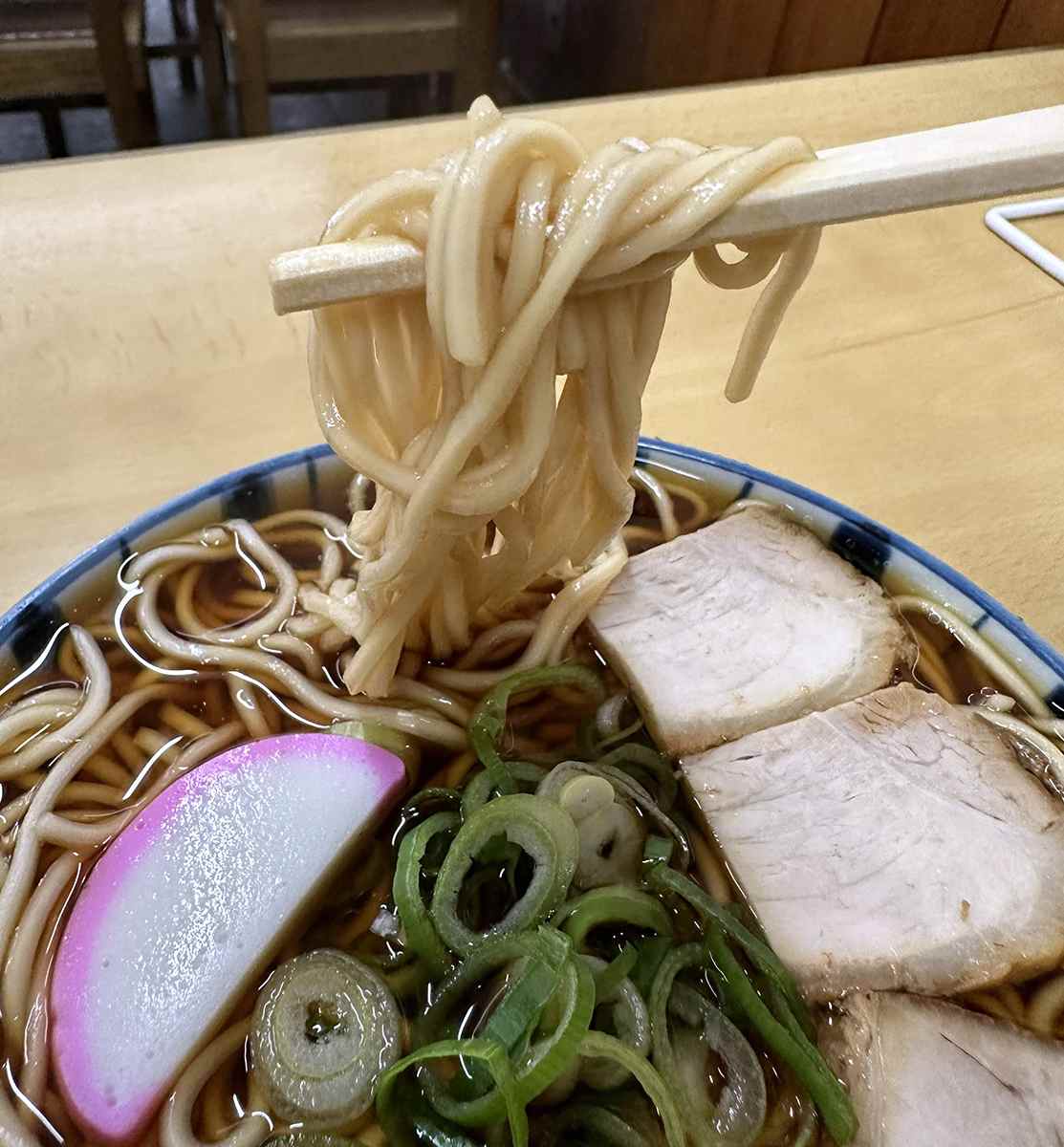
Smooth, homemade, medium-thin noodles that are easy to slurp -

The bowl was empty in no time. -
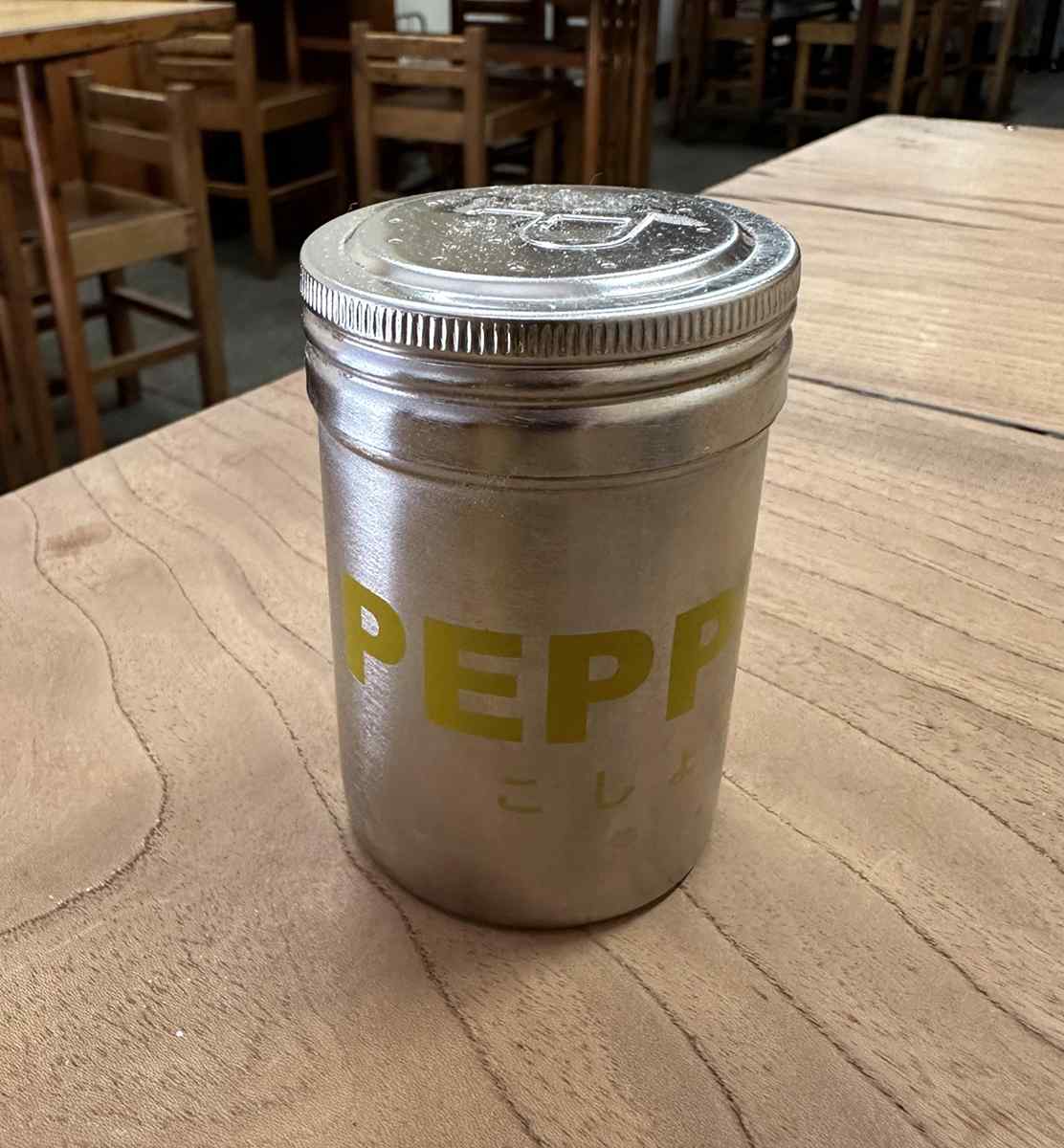
Pepper on a table
The noodles were smooth and slick. Because the dish was so easy to eat, the noodles, which had filled the bowl, gradually decreased. I added a dash of pepper to the bowl halfway through, which gave it a nostalgic tangy flavor.
The toppings were also simple — just a kamaboko fish cake, green onion and three small slices of thigh pork chashu. The chashu slices were light without a speck of fat.
All in all, because nothing greasy was used in the chuka soba, I finished it in no time and even drank all the broth — without an upset stomach, I might add. Don’t overthink it; just enjoy the taste with an open mind. This chuka soba has the power to convince you to do just that. The dish is one of a kind, and this shop is the only place that serves it.
Some customers bring four generations
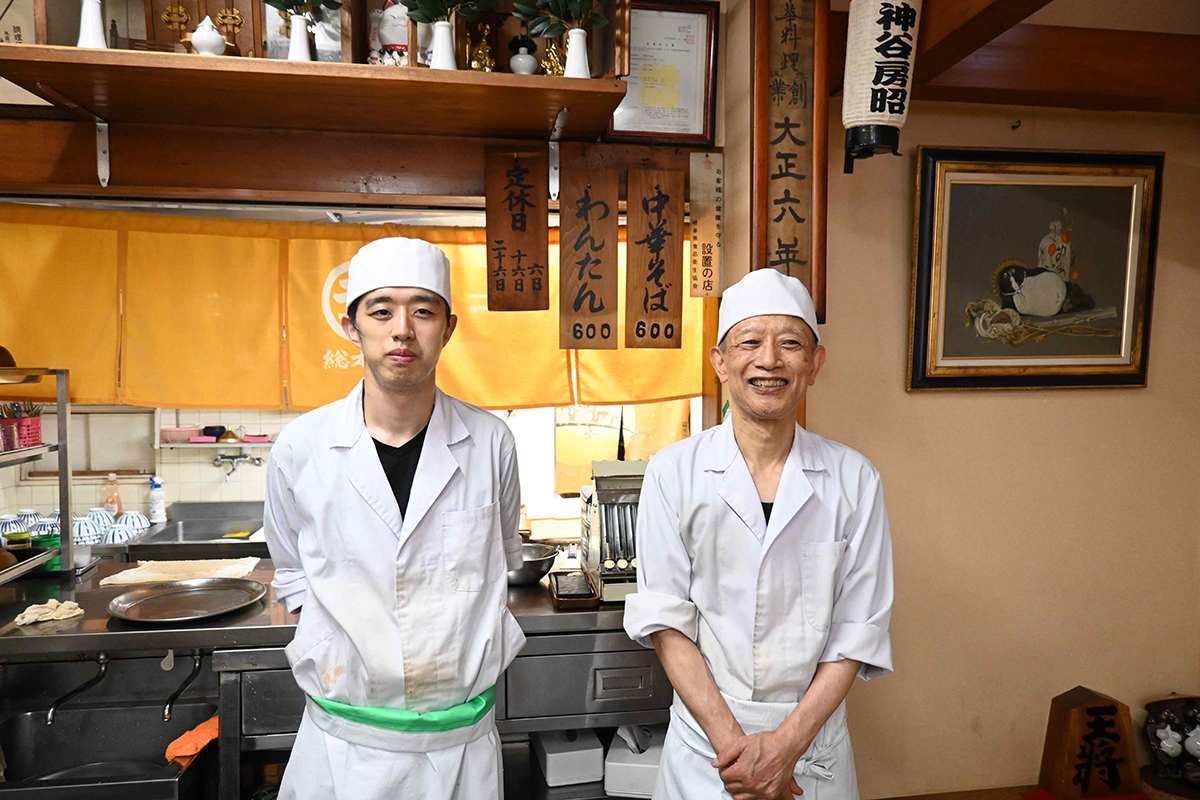
Fusaaki, right, the third generation of the family business, and Tomonori, the fourth generation, keep the long-established business running.
“I’m back here for the first time in 60 years. The taste hasn’t changed.”
“Thank you for coming back.”
Conversations like this between the customers and the owner are common here. “It is not unusual to see three or even four generations of the same family,” says Fusaaki. “The other day, there was a customer who’d left Gifu for work and returned decades later after retirement. It’s nice to have customers who come here with nostalgic memories.”
The shop was founded in 1917 by Fusaaki’s grandfather, Fusaji. “I don’t know how, but my grandfather somehow found out about Rairaiken, a famous ramen shop that used to be in Tokyo, and went to Tokyo to train there,” Fusaaki explained. “So our ramen is based on Tokyo ramen.”
-
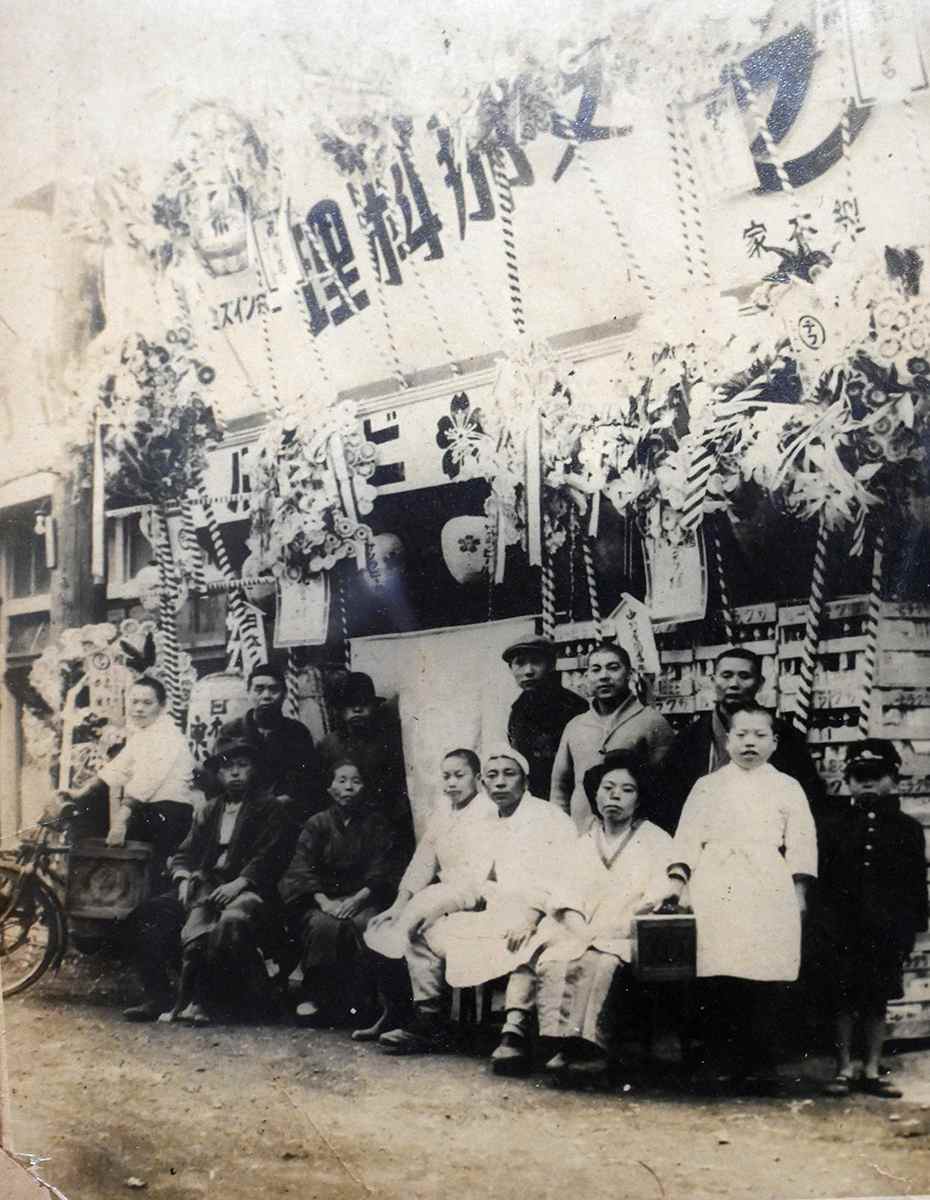
A photo taken when the shop opened at its current location in 1944. Fusaji is wearing a hachimaki on his head. -
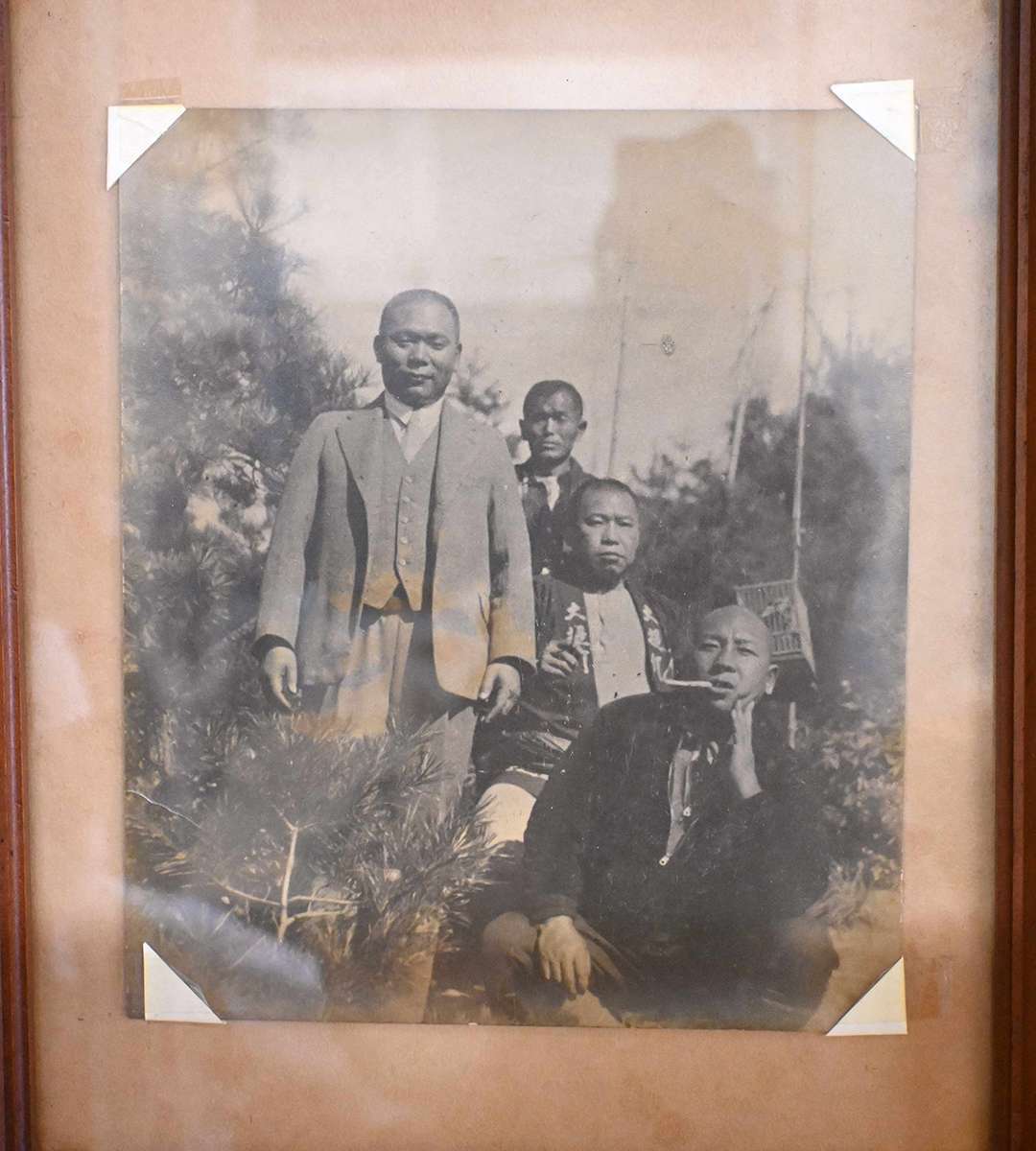
An old photo displayed in the shop. Fusaji Kamiya, the founder, is at the front on the right.
After returning to Gifu, Fusaji began pulling food carts from which he sold noodles called “shina soba,” another old name of ramen, in Yanagase, which was an entertainment district at the time. He was not a big man, but he was an amateur sumo wrestler with the nickname “debu.” That is how the name “Marudebu” came to be used for the shop. However, at that time, no one knew what shina soba was, and he had a hard time getting customers at first. Eventually, customers visiting or working in the district started coming in to eat, and the business took off.
In time, he set up his own shop, although it is not clear when. Fusaaki said, “On a map from 1943, the shop’s name is on the opposite side of the street from where it is now. That means the shop was already there in 1943.” That was two years before the end of World War II. Later, the street in front of the shop was widened, and in 1944 the shop was relocated to Nishi-Yanagase, its current location. However, the entire area, including the shop, was burned to the ground in an air raid in 1945. For several years after the war, the family lived through hard times. When flour became available again, they reopened the shop.
Fusaji passed the shop down to Fusaaki’s father, Shoji, who passed it down to Fusaaki, who will pass it down to his son, Tomonori, in the future. The family business continues to maintain their traditional taste.
“Somehow, we have survived for over 100 years,” Fusaaki said. “And we still have a long way to go.”
No matter how times change, I am sure this shop will continue to thrive for another 100 or even 200 years.

Marudebu Sohonten
3-1 Hinode-cho, Gifu City. The shop is open from 11:00 a.m. to 6:00 p.m. It may close at around 3:00 p.m. on Saturdays, Sundays and holidays. There is no lunch break. It is closed on the 6th, 16th, and 26th of each month.
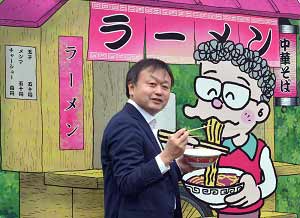
Futoshi Mori, Japan News Senior Writer
Food is a passion. It’s a serious battle for both the cook and the diner. There are many ramen restaurants in Japan that have a tremendous passion for ramen and I’d like to introduce to you some of these passionate establishments, making the best of my experience of enjoying cuisine from both Japan and around the world.
Japanese version
【ラーメンは芸術だ!】岐阜ラーメンの代表格「丸デブ総本店」、600円で味わえる唯一無二の一杯

"JN Specialities" POPULAR ARTICLE
-

The Japan News / Weekly Edition (12/12-12/18)
-

Noodle Dining Shunsai / Rich Oyster Ramen to Savor at Odasaga; Experienced 68-year-old Owner Creates Numerous Ramen Varieties
-

The Japan News / Weekly Edition (12/5-12/11)
-
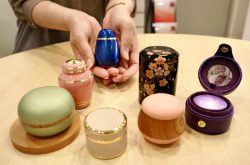
People Keep Loved Ones’ Ashes Close in Special Jewelry, Small Urns as Unique Way to Memorialize Them
-
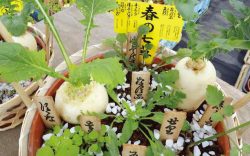
The Japan News / Weekly Edition (12/19-12/25)
JN ACCESS RANKING
-

Tokyo Economic Security Forum to Hold Inaugural Meeting Amid Tense Global Environment
-

Keidanren Chairman Yoshinobu Tsutsui Visits Kashiwazaki-Kariwa Nuclear Power Plant; Inspects New Emergency Safety System
-

Imports of Rare Earths from China Facing Delays, May Be Caused by Deterioration of Japan-China Relations
-

University of Tokyo Professor Discusses Japanese Economic Security in Interview Ahead of Forum
-

Japan Pulls out of Vietnam Nuclear Project, Complicating Hanoi’s Power Plans
